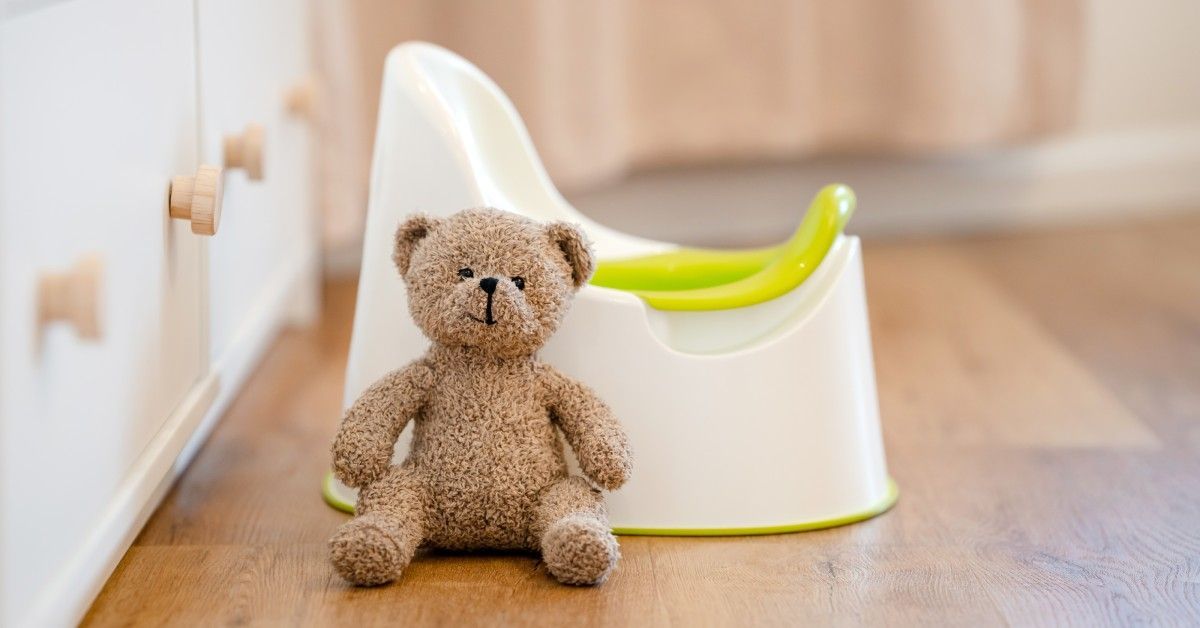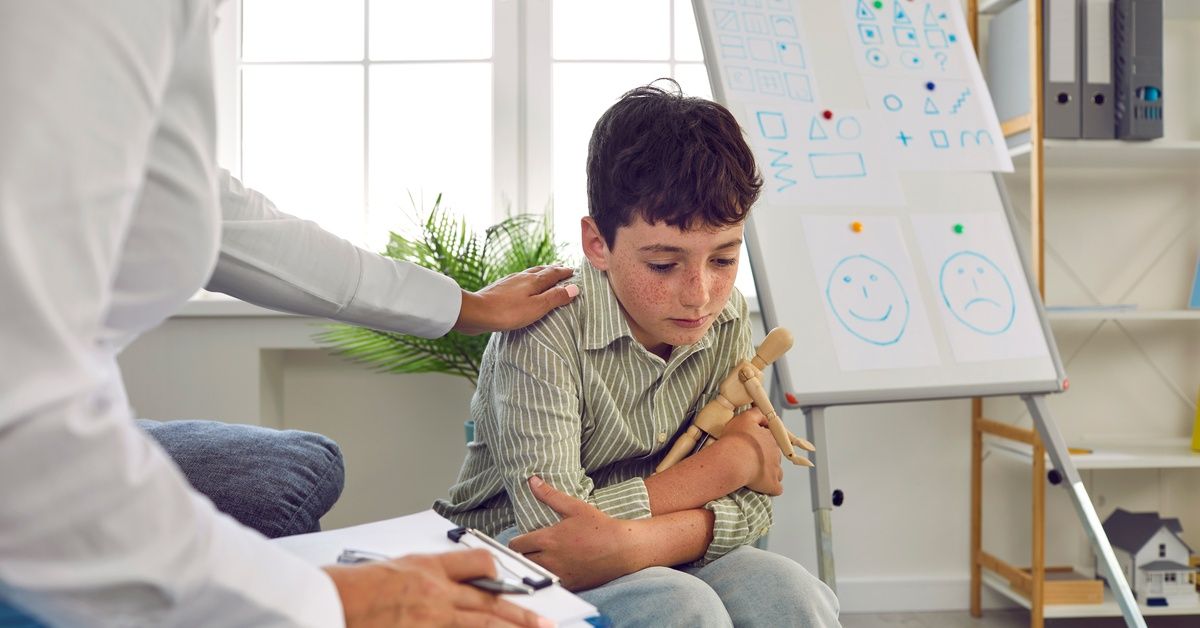Common Problem Behaviors in Children With Autism
When you’re raising your child, you’re aware of the many problematic behaviors they may exhibit from time to time. However, pinpointing what triggers challenging behaviors in children with autism can be difficult. This is because they may have difficulty explaining their emotions and understanding the consequences of their problematic actions.
With understanding and patience, you and your family can help teach your child better ways to cope and communicate their feelings. Keep reading to discover common challenging behaviors in children with autism and how you can help.
Tackling Challenging Behaviors
you can help your child work through these behaviors with compassion and help them develop more healthy ways to cope and express themselves. While every child is different, the most common concerning behaviors in children with autism are the following:
- Yelling or screaming
- Aggression toward others
- Wandering
- Self-harm
- Tantrums
- Destruction
How Can I Support My Child?
To employ effective behavioral strategies, you must evaluate your child’s current behavior and identify what causes these undesired behaviors to appear. This will give you a sense of what’s going on within their personal and academic life. With patience, understanding, and effort, you can help shape a brighter future for your child.
Identify What Triggers These Behaviors
It will take some time to identify what triggers these challenging behaviors. However, it’s vital that you keep track of these behaviors. Over time, you will see a pattern of what could possibly trigger them to feel overwhelmed, anxious, or upset. Many scenarios can trigger problematic behaviors, like:
- Sensory overload
- Change in routine
- Tiredness
- Discomfort
- Social situations
- Communication issues
- Boredom
- Pressure from peers, teachers, parents, or caregivers
- Coordination issues
- Other conditions like mood disorder, ADHD, or epilepsy
Create an Intervention Plan With Professionals
Once you and your child’s team have identified what triggers these undesired behaviors, it’s time to create an effective plan to minimize them. It’s important to remember that it takes patience and time for your child to grasp these newer mechanisms. Being compassionate and understanding with your child will make this process smoother.
You can help at home by creating a steady routine for your child. Adding a routine schedule and other visuals around the house will help them know what’s expected daily. Preparing your child for any changes and slowly introducing them to more unfamiliar environments will also help curb problematic behaviors.
Strive for Success With HANDS Center for Autism
We believe in investing in our children’s future and giving them adequate support. Enrolling your child in an ABA treatment plan at HANDS Center for Autism will help them achieve an independent and fulfilled life. Our team of autism service providers works hard to create the appropriate curriculum to exceed individualized goals. Please get in touch with us if you’re interested in how ABA therapy works and how our team can help.






